Water hyacinth mats clog up rivers, lakes, and other bodies of water by blocking water flow and causing sedimentation that makes them impassable.
The number of water hyacinths is growing quickly every day, which presents significant risks to both humans and the aquatic microecosystem. Water hyacinth is still the most pervasive and ferocious aquatic plant among common species.
Due to its quick spread and ecological resilience, which has a detrimental effect on the environment, economic development, and public health, it has emerged as the most invasive weed in the world. Thus, the appropriate steps must be taken to prevent the spread of water hyacinth across the nation.
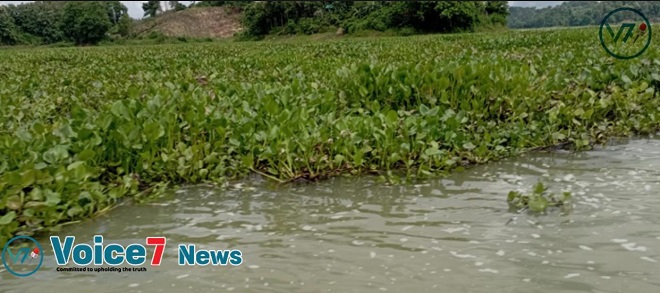
It is an aquatic weed that belongs to the Pontederiaceae family, sometimes known locally as water hyacinth and scientifically as Eichhorniacrassipes. It is widely distributed across Bangladesh's many aquatic environments, including ditches, rivers, lakes, streams, ponds, and canals.
It produces thick biomass mats on the water's surface, which block sunlight from reaching submerged plants and deplete the water's oxygen supply. Unlike phytoplankton and other submerged plants, water hyacinth does not create oxygen.
This results in low concentrations of dissolved oxygen, which hurts the quality of the water. It thus has an impact on phytoplankton production, which in turn lowers fish populations and the populations of other macrophytes that live in the aquatic ecosystem, eventually resulting in a decrease in environmental biodiversity.
The water balance of the entire region is affected by the massive water loss caused by evapotranspiration by water hyacinth mats.
Most pond owners destroy their ponds to convert them to plain land utilizing the water hyacinth's evapotranspiration process. This allows them to sell the transformed plain land for a higher profit.
Unbalanced settings are created in this manner. Conversely, water hyacinth mats obstruct water movement, increasing sedimentation that renders rivers, lakes, and other bodies of water unnavigable, and fill them up.
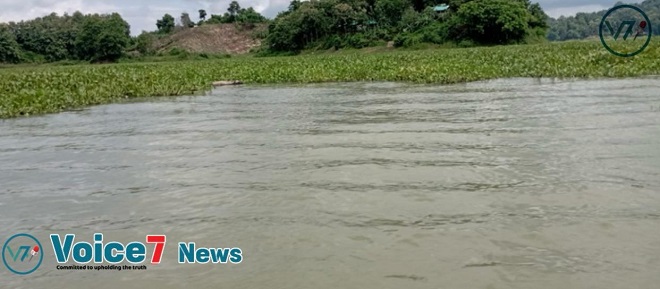
Additionally, the water hyacinth mats tangle with the vessel's propeller, making it difficult to operate the vessel smoothly. Because of this, ships are frequently halted in the middle of the river, endangering the lives of the occupants.
Upon closer examination, it is discovered that massive water hyacinth mats are floating on Bangladesh's Rangamati Lake and the Meghna and other rivers.
voice7 news Chattogram Bureau chief also discovered that a boat carrying people remained motionless in the middle of Rangamati Lake's canal because water hyacinth mats had wrapped around the boat's propeller, and the occupants were terrified for their lives.
The Rangamati locals told the voice7 news reporters that no one is available to handle this grave problem.
They also said, that the lake will quickly become dry and that this will have a catastrophic effect on the environment, the economy, and humankind if authorities do not act swiftly.
End//voice7news.tv



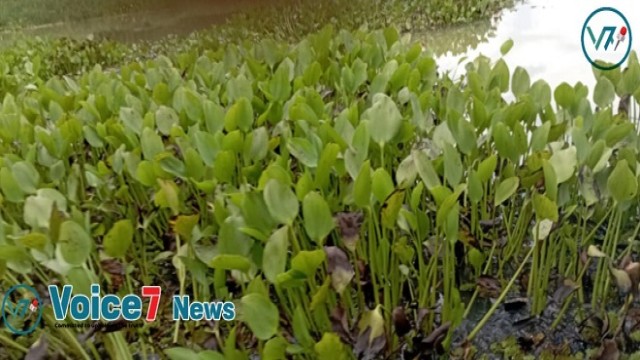
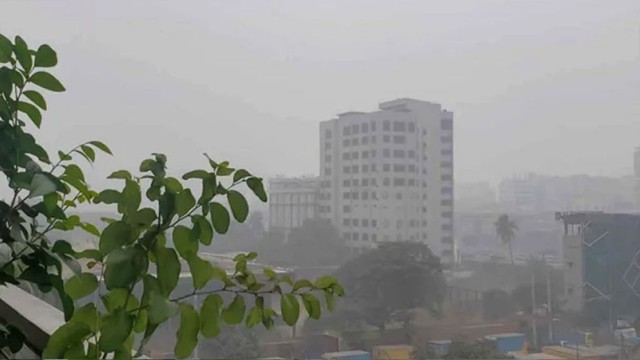
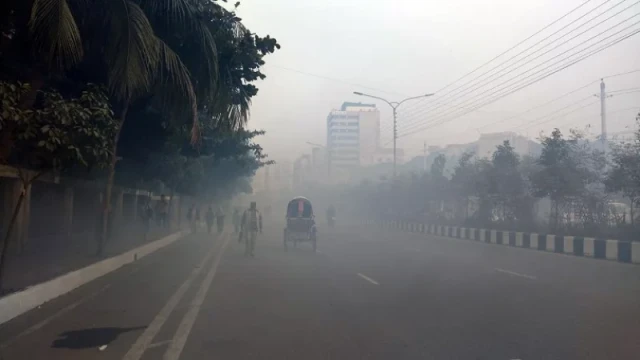
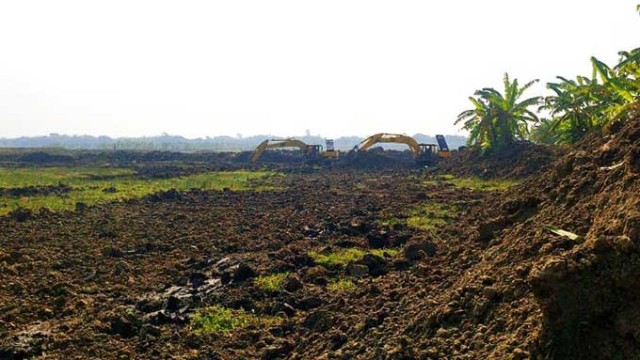
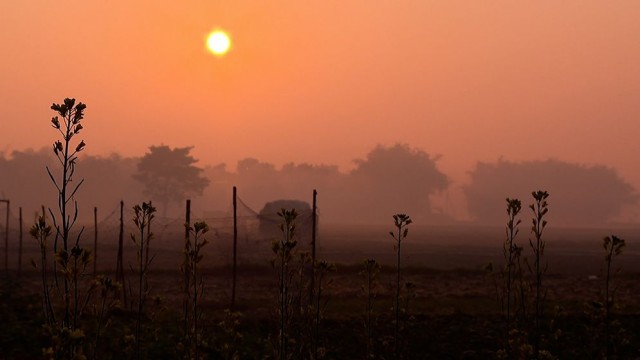
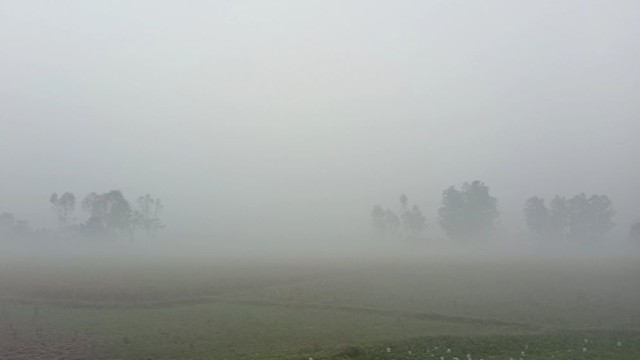
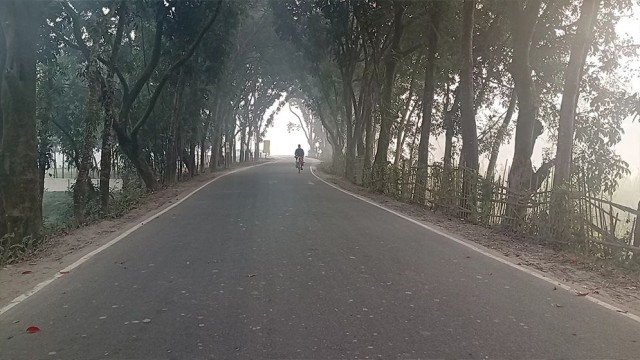




















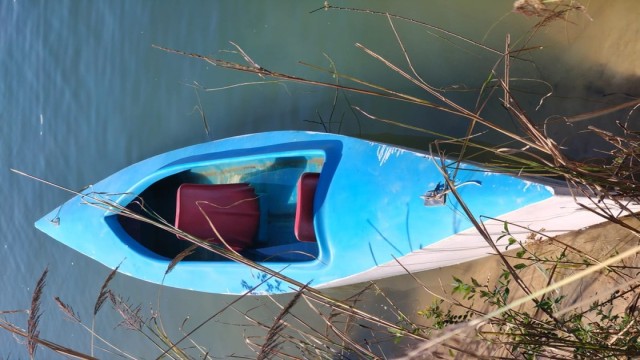
Comment: